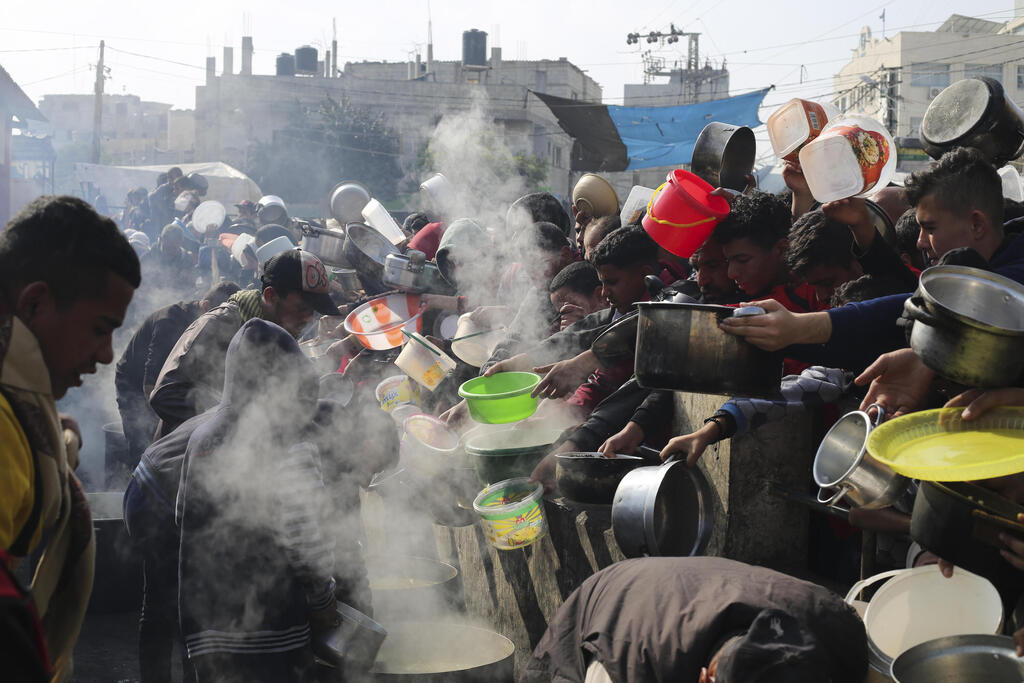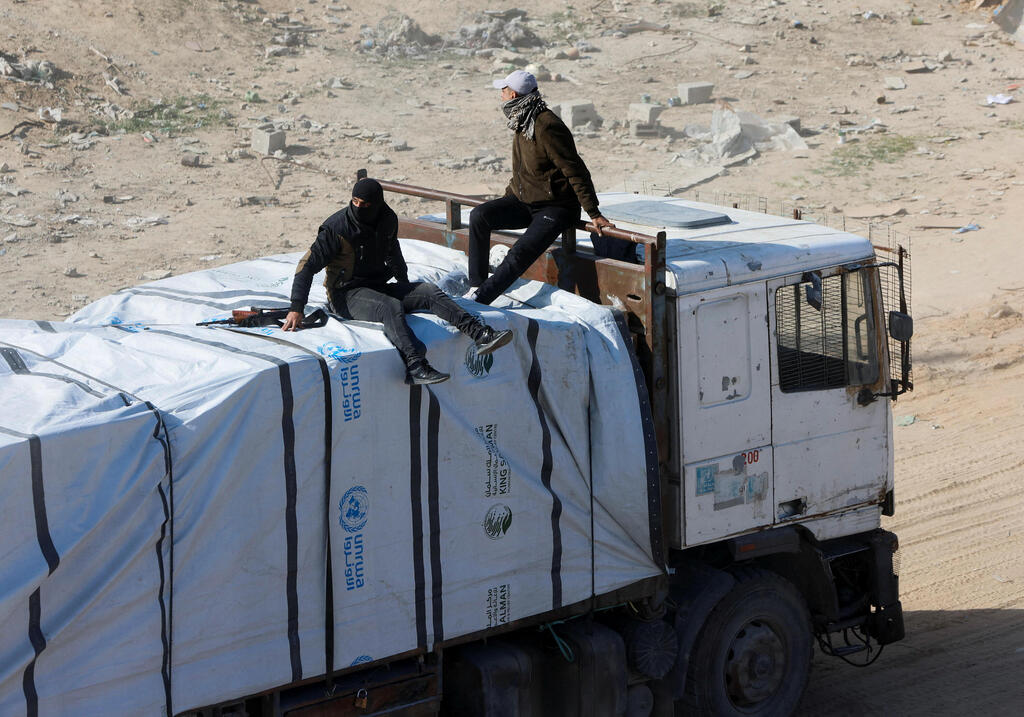Getting your Trinity Audio player ready...
Hamas is facing a severe financial crisis in the Gaza Strip, unable to pay salaries to its fighters and government workers as targeted Israeli strikes and a halt in humanitarian aid have drained its resources, according to officials and analysts.
The terror group has been left nearly bankrupt following a series of Israeli assassinations of key political, military and administrative figures, as well as the suspension of aid deliveries that officials say Hamas had diverted and resold for profit.
The crisis has disrupted the group’s operations and exposed growing dysfunction, with intelligence officials telling The Wall Street Journal that salary payments to many government employees have stopped. Even senior Hamas officials began receiving only half of their salaries during the holy month of Ramadan. Fighter salaries, previously between $200 and $300 per month, have also been frozen, complicating recruitment efforts as the group braces for continued conflict.
Hamas’ financial troubles were first reported earlier this month by Asharq Al-Awsat, a London-based Arabic newspaper, which described an “organizational vacuum” following Israeli strikes that eliminated senior leaders and disrupted decision-making within the group.
Eyal Ofer, a researcher specializing in Gaza’s economy, estimated that Hamas still controls assets worth up to $3 billion. However, he said the group’s ability to distribute funds is severely limited. Hamas traditionally uses couriers and designated cash distribution points in the territory—methods that are difficult to carry out under wartime conditions.
Before the war, Hamas received $15 million in monthly cash transfers from Qatar and raised additional funds from West Africa, South Asia and the United Kingdom. Qatar also maintained a $500 million reserve on behalf of the group. Much of that money is now believed to be in Turkey, according to Arab and Western officials.
Israel restricted cash transfers into Gaza at the start of the war. Palestinian officials told The Wall Street Journal that Hamas was involved in stealing $180 million from Bank of Palestine branches and other banks in Gaza. The group also taxed goods entering the Strip and merchants operating in local markets, using these tactics to generate income. Additionally, it used foreign cash to purchase goods abroad, which were then sold locally, allowing Hamas to bring cash into Gaza for its own use.
Get the Ynetnews app on your smartphone: Google Play: https://bit.ly/4eJ37pE | Apple App Store: https://bit.ly/3ZL7iNv
Despite these efforts, the group was nearing a liquidity crisis even before the latest ceasefire, which briefly allowed aid to resume before it was again suspended. “This is a major crisis for Hamas,” said Mumen al-Nator, a lawyer from central Gaza. “They were mainly dependent on aid, which was sold for cash on the black market.”
The financial pressure has been compounded by Israeli strikes targeting Hamas’ financial infrastructure. Among those killed was Saeed Ahmed al-Abed al-Khodari, the group’s top money exchanger and head of Al-Wafaq Exchange, which Israel designated a terrorist organization for its role in financing terror activities. The Israel Defense Forces said al-Khodari played a key role in transferring money to Hamas’ military wing, particularly during the war.



